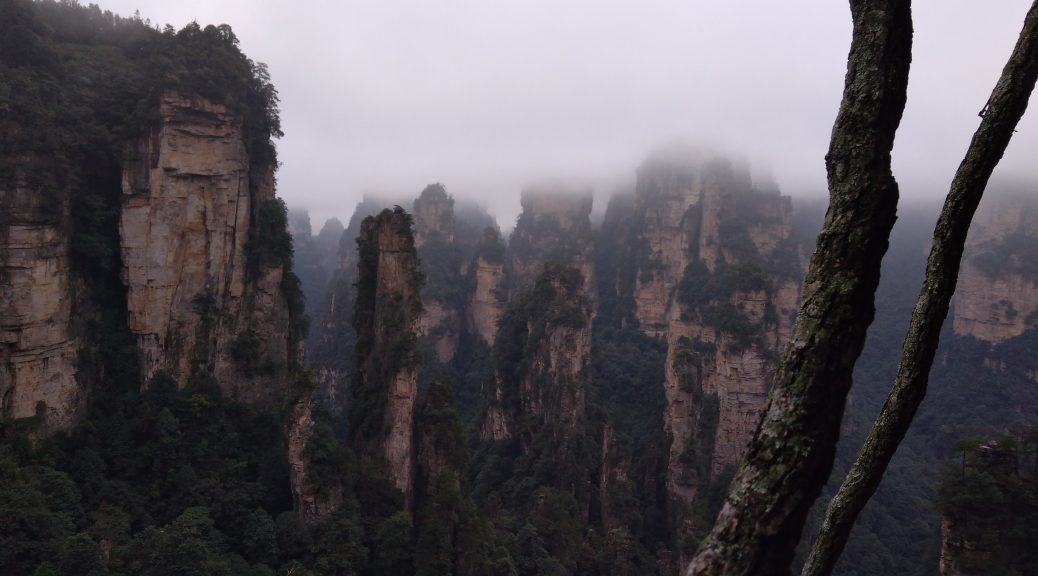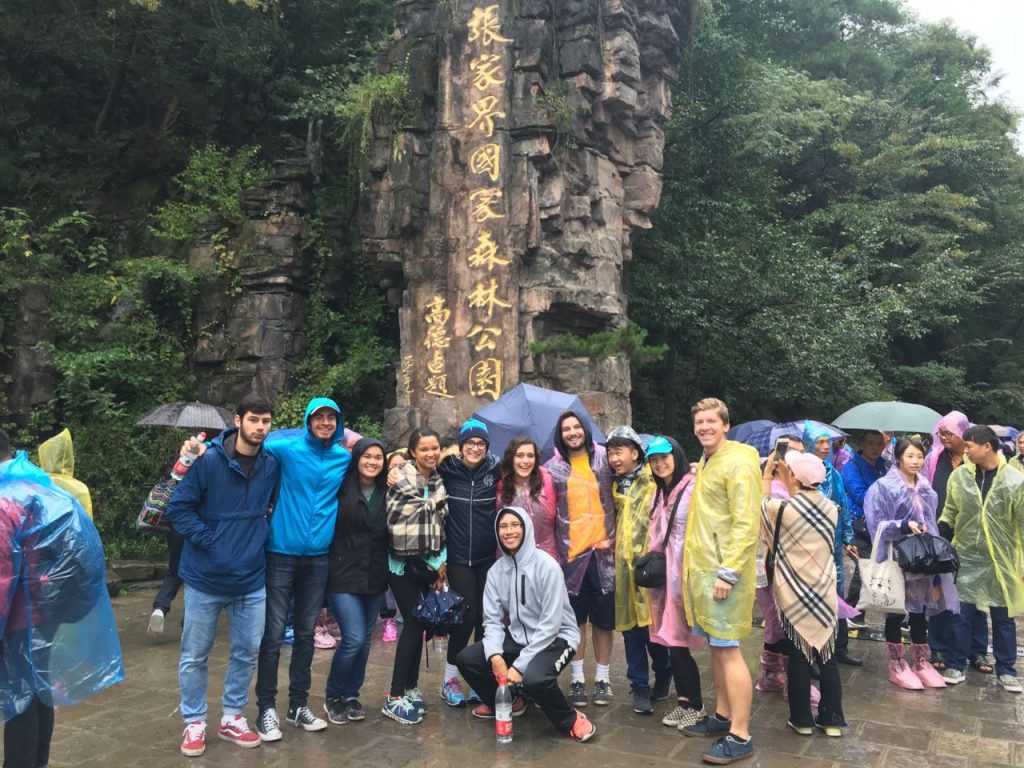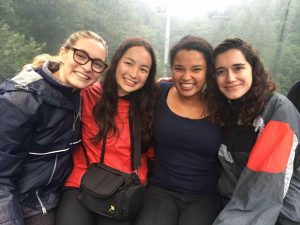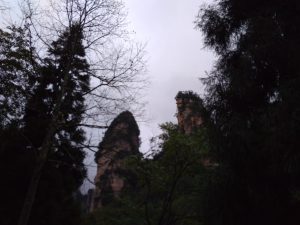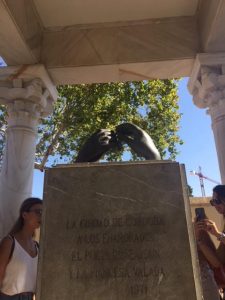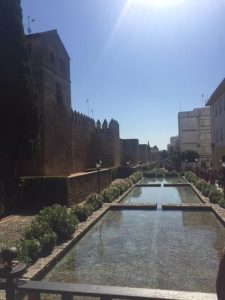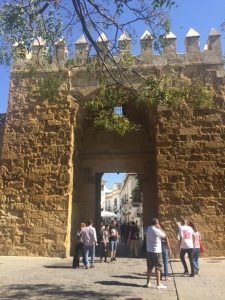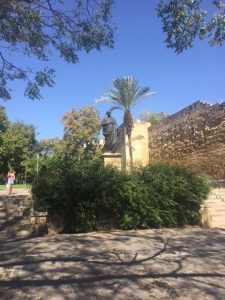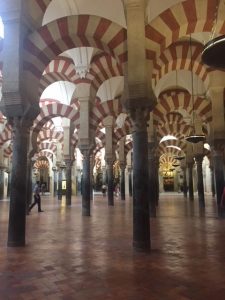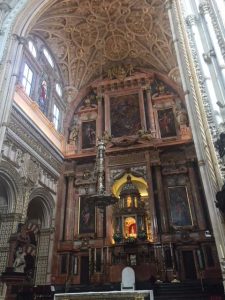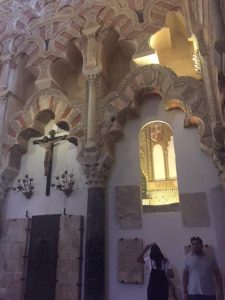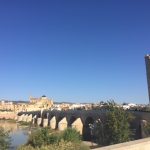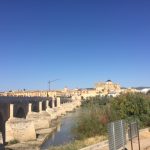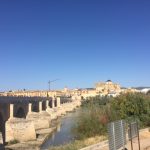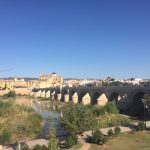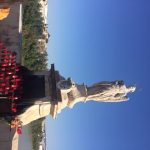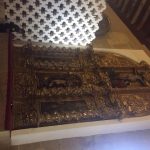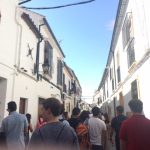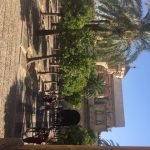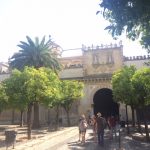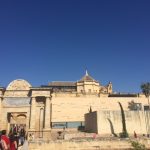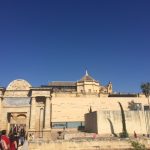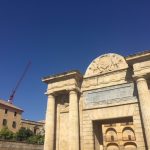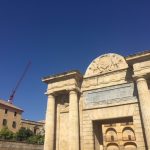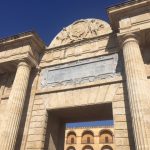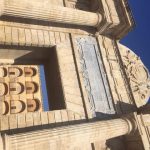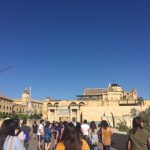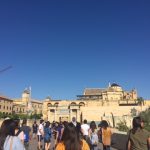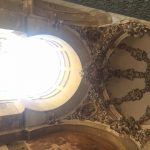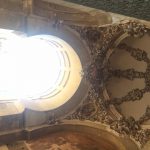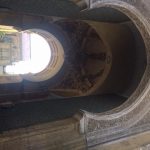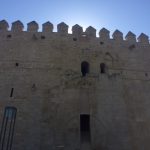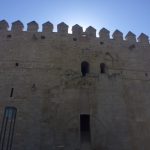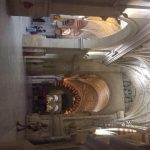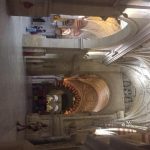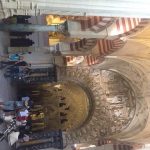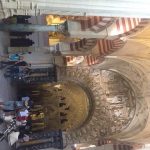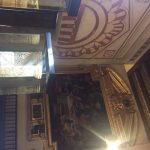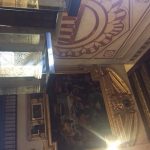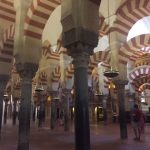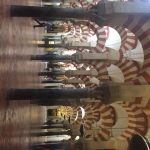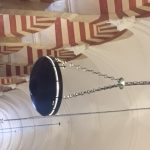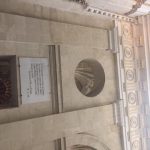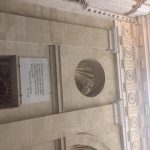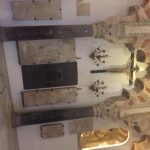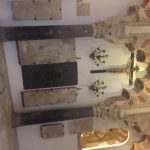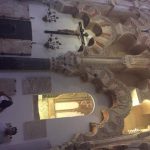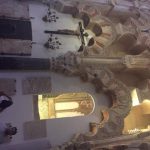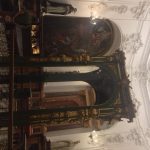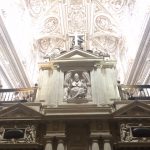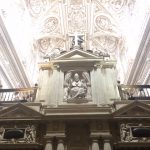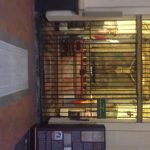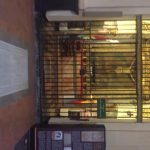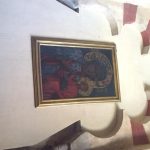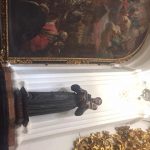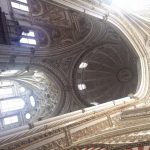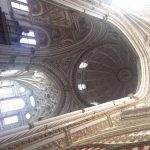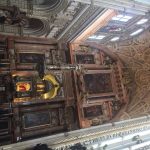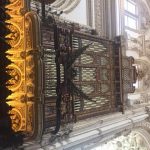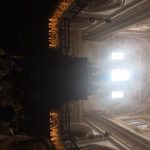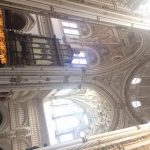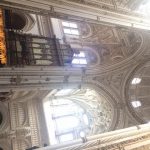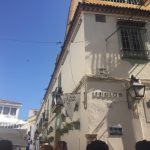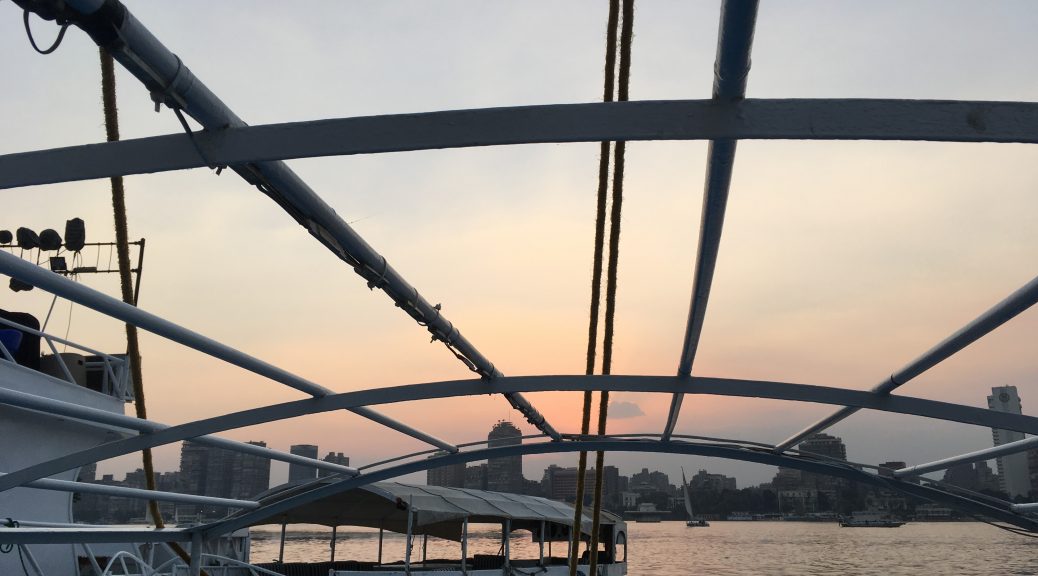
Beautiful Egypt
This year for fall break (which was a glorious 10 days long) my father and I traveled to Egypt and Turkey. Why those countries, you ask? They’d been at the top of my bucket list for years. Before, my dad used to say that we couldn’t go, which was probably right with all the political happenings. But this year the trip was planned and booked by June.
My dad met me in the Cairo airport. I landed first and late, so it wasn’t very crowded. I wandered around baggage claim waiting for him, trying to find WiFi to let him know where I was. He got in two hours after me, and then we met our driver and transit guide (from EMO Tours) outside. This was our first major interaction with an Egyptian person, and he was nothing but kind.
The drive was about an hour, and we must’ve driven for about five minutes before we left the secure airport area. The “highway” was surprising clear, as I’d learn later, and we drove past signs for New Cairo, Maadi, and Giza. There were no lines on the road to separate lanes, and there were tons of billboards lit up with English and Arabic words. People were gathered on the side of the highway, waiting for a bus of sorts to come pick them up.
Our hotel was gated and the car was scanned before it was allowed to pass. Dad tipped our driver and guide in Egyptian lira. One of the most heartbreaking things about Egypt is that 1 USD equals 17 Egyptian lira/pounds. We ate at the hotel restaurant a few times, and our bill would say 98 pounds, which in reality is just under $6. And it was good food too, no detail missed.
The next morning we saw the pyramids for the first time from our hotel window. They were just as grand and I had to pinch myself to make sure that I was actually there. When dad and I went downstairs to meet our guide for the day, a woman holding a sign with EMO Tours on it met us. Her name was Ola and she wore a long black skirt that swished around her ankles, a warm-looking green long sleeve, and a black hijab. Over the day, we would learn much about and from her, and she would come to feel much like family.
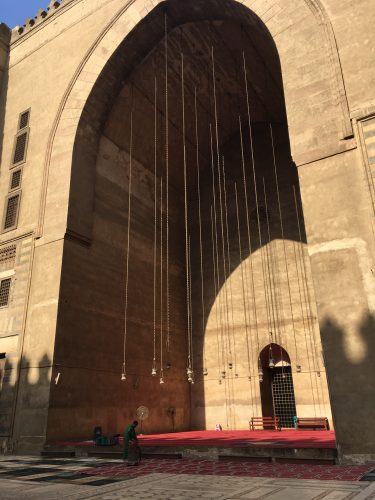
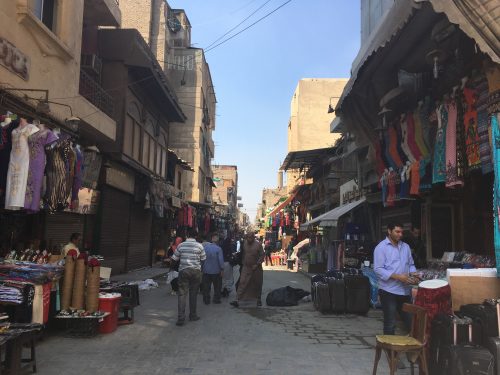
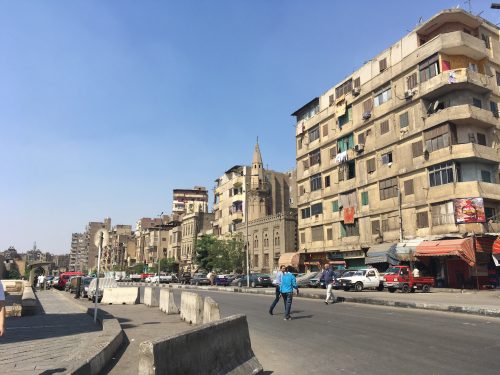
Over the first day we visited mosques, the Step Pyramid in Sakkara, the three major pyramids, the Sphinx, a major historic street, and so many other gorgeous sites. At every site, we went through a metal detector. There were usually multiple armed guards, and tons of salesmen trying to sell cheap little Pyramids, scarves, and other souvenirs from China. And of course, a good number of tourists and Egyptian people alike.
The Great Pyramid of Giza was one of my favorite sites. First of all, it’s one of the Seven Wonders of the World, and probably the only one I’ll get to visit in my lifetime. Second, the view from up there was amazing, and it was my first time seeing the sandy and dark brown city from above. The air was warm and dry, and the sun was baking. Third, I got to stand on the Pyramid! (We didn’t go in because we’d heard that there wasn’t much to see and that it was just cramped.) The blocks that made up the Pyramid itself were huge, and the ones we walked on were worn from shoes. It towered over us, and put history in perspective. Ola was very kind and let us explore on our own a little bit because she knew my dad and I both loved photography. She waited patiently for us and gave us tips on how to avoid getting scammed out of our money, one of which was don’t take a picture of a camel because the rider will charge you money for it! Another bit of advice was avoid the people in bathrooms trying to turn the faucet on for you or give you paper towels because they will ask you for money too.
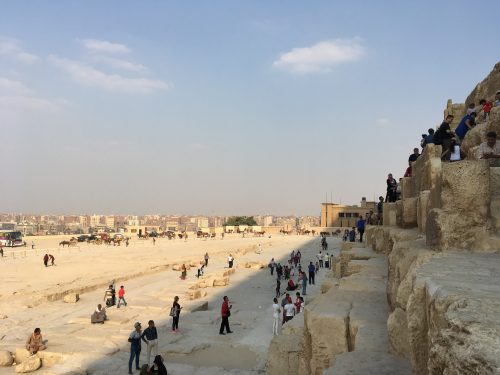
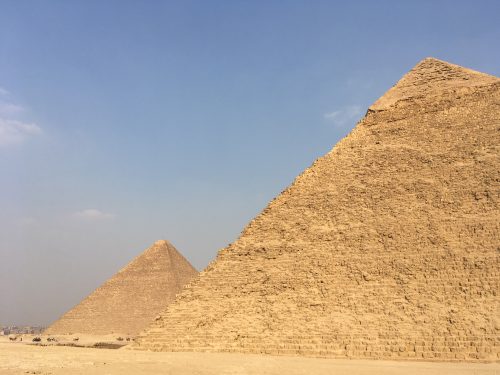
We ate lunch at a local shop, where Ola ordered us food that she thought we should try at my dad’s request. It was amazing. My dad asked Ola tons of questions, some on the etiquette of men and women in Egyptian society. Ola told us that if I hadn’t been with them, another woman, people would have frowned upon Ola because she was with an unfamiliar man (my dad) who wasn’t her husband. When we first met her, she shook our hands, which she later explained wasn’t normal because she wasn’t supposed to touch a man. She greeted/said goodbye to me by “kissing” both cheeks, which I came to expect while in Egypt and Turkey. We stopped at a papyrus shop on the way back to our hotel where we learned how papyrus paper is made, and purchased a small bit to take home.
The next morning, we left for the airport at 3:30am. We were flying to Luxor, Egypt, which is about 400 miles south of Cairo. Our second tour guide, Shimaa, met us at Luxor Airport. Our driver for that day had a car with a bright, lime green interior. It constantly baffles me that although the average income in Egypt is $300, the majority own cars.
Luxor was much quieter than Cairo, with far fewer cars, and much warmer. We drove alongside the river, past a herd of sheep, tied up horses and donkeys, and gatherings of kids on the tall bank above the water. Trees sprouted at the edge of the water and on the higher banks. Both in Cairo and Luxor people still use horses/donkeys to pull carts of produce. It’s definitely a unique cross of developed and undeveloped.
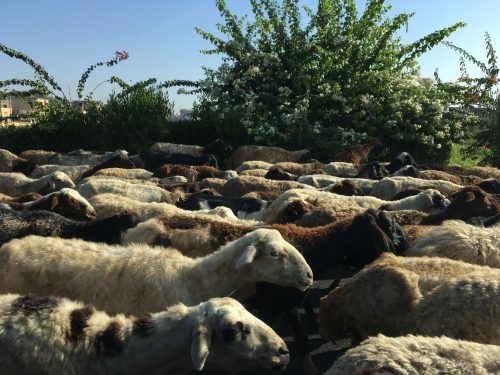
Our first stop in Luxor was the Temple of Hatshepsut. It’s carved directly out of the side of the mountain, with three layered terraces each with an impressive set of columns. It has a “modern” feel, that was not repeated in that time. Shimaa, our tour guide, told us the story of why the temple was built so large, which was because Hatshepsut was unhappy each time the designer added another layer. On its walls it featured beautifully painted walls that were mostly faded, but some held their color.
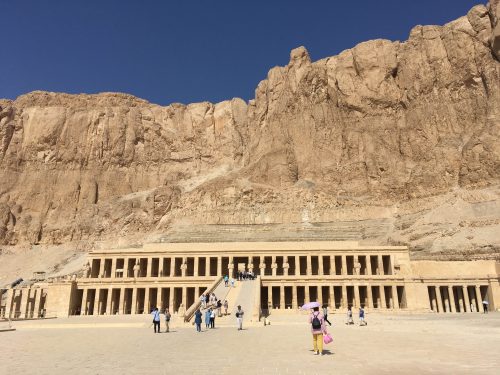
Next up was Karnak Temple, a huge temple that’s still largely intact. It had absolutely gorgeous columns carved with Egyptian symbols. Then we ate lunch at one of the open restaurants, which was rice and stew. We also met a family of six that was originally from America, but were living in Saudi Arabia. After lunch we went to our last place of the day: Luxor Temple. It is a good sized temple with huge statues of Egyptian kings and pharos, such as King Ramses II and King Tut. It has giant columns like other temples, and at sunset the light shining through them was beautiful. That night we returned to Cairo.
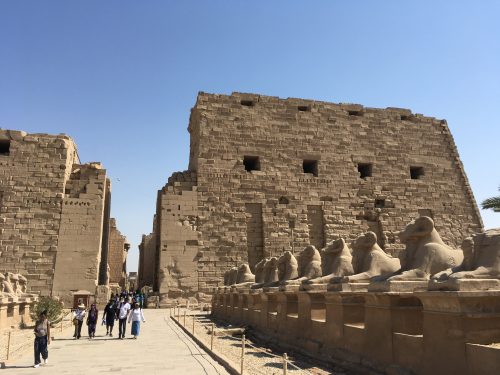
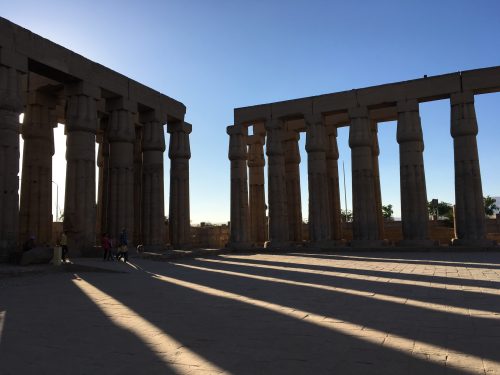

On our third day in Egypt, Ola was our guide again. She took us to the Egyptian Museum, which we breezed through. We saw hundreds of artifacts from King Tut’s tomb, which must’ve taken up half a floor of the museum. We spent only an hour there, when we could’ve spent five. Next we visited a series of religious buildings, which included a Catholic Church, two mosques, and an old synagogue. The last hour of the time we had with Ola she took us on a cruise on the Nile River. We got on a huge sailboat and ate koshari, which is a traditional Egyptian dish made up of rice, lentils, pasta noodles, and topped with tomato sauce. It was delicious! Dad asked Ola if we could make it at home, and she laughed and said no because it would take a long time because there were so many parts. When it came time to say goodbye to Ola, we tipped her 50 Egyptian pounds (about $3) and €20, which for her would go a long way. We wanted to help her out, even though we knew that it wouldn’t go very far for long.
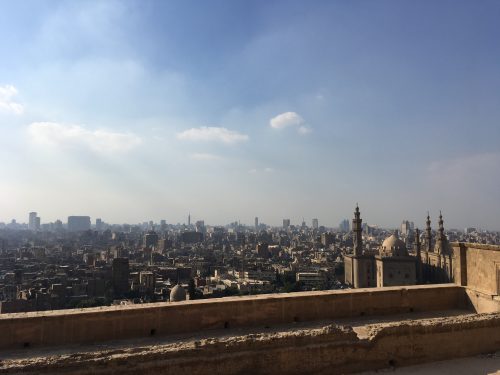
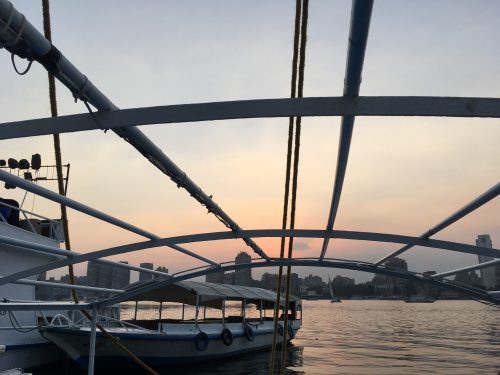
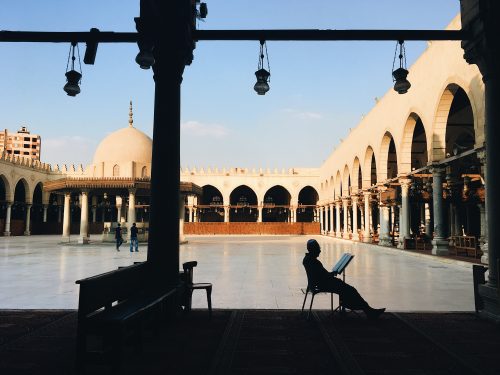
We spent a lot of time in traffic on the last day, but the first two days were fairly easy. Friday and Saturday are holy days, so nobody works. Sunday is a work day, which caused every single car it seemed to be on the road. Cairo, and Egypt in general, is a country that never sleeps. We were out at 12am and a decent number of people would still be out. A interesting part of Egyptian culture is that they eat breakfast around 10am, lunch around 4pm, and then dinner around 10pm and sometimes even later. Traditionally, only men are “allowed” out at late hours. Families hope for boys to be born because they have much more freedom than women do. Egypt is a country tied to their traditions, although some are trying to change the norms. The difference between Ola (living in Cairo) and Shimaa (living in Luxor) was vast. Shimaa said that she believed that believing in her religion was enough; that she didn’t need to pray the allotted five times a day because Allah already knows that she believes in him. Ola, on the other hand, prays as much as she can. She finds comfort in it, and at one of the mosques we visited, my dad and I explored while she went to prayer. Ola also told us that she doesn’t listen to music because it’s forbidden, while Shimaa talked openly about what music she liked.
Walking around Cairo people stared at us. My dad asked Ola if she noticed it once, and she said yes. She said it was because he was there, and that I had my head uncovered and was wearing a short sleeve t-shirt. Ola said that they appreciated us being there because we were tourists. After the revolution in 2011, the tourism at some monuments dropped 95%. Its made a slow recovery, but nothing like it used to be pre-revolution. That is evident in the “average” life of Egyptians, where they work hard if they have a job and work hard if they don’t. This was the closest to poverty that I have ever come. Ola worked incredibly hard and suffers from neck and back pain. She doesn’t complain because she has to work to help support her family (husband + two kids). I hope someday that I can return to Egypt and see her. I’ve never had a friend in a country like Egypt, and it tugs at my heart when I think of her.
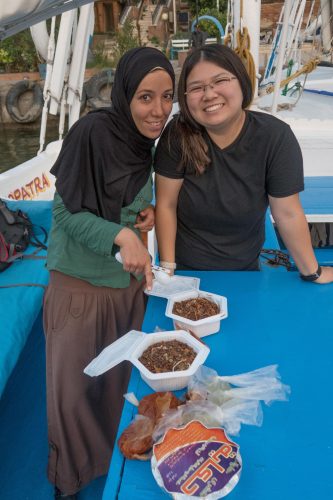
P.S. Turkey is blogged about in a different post. Happy Halloween!
